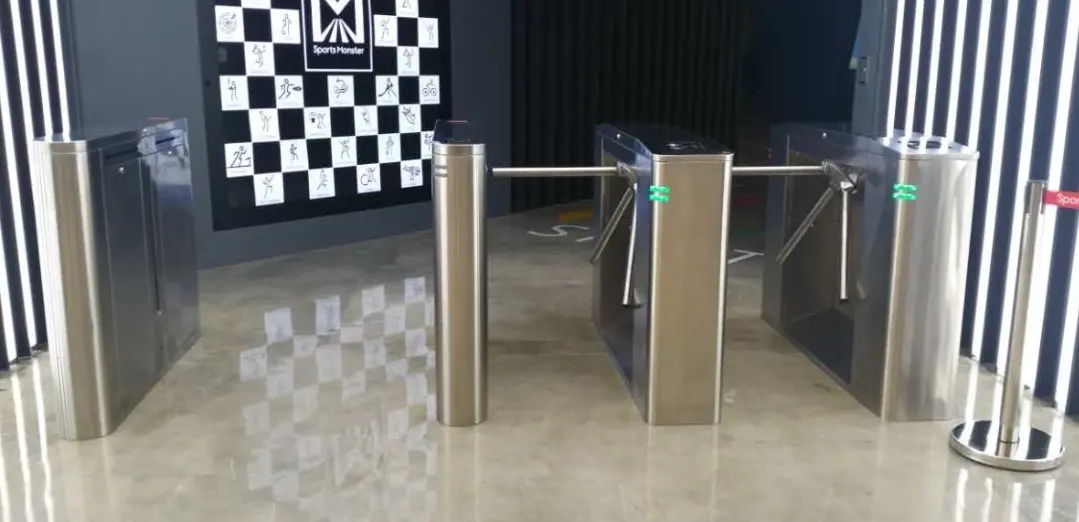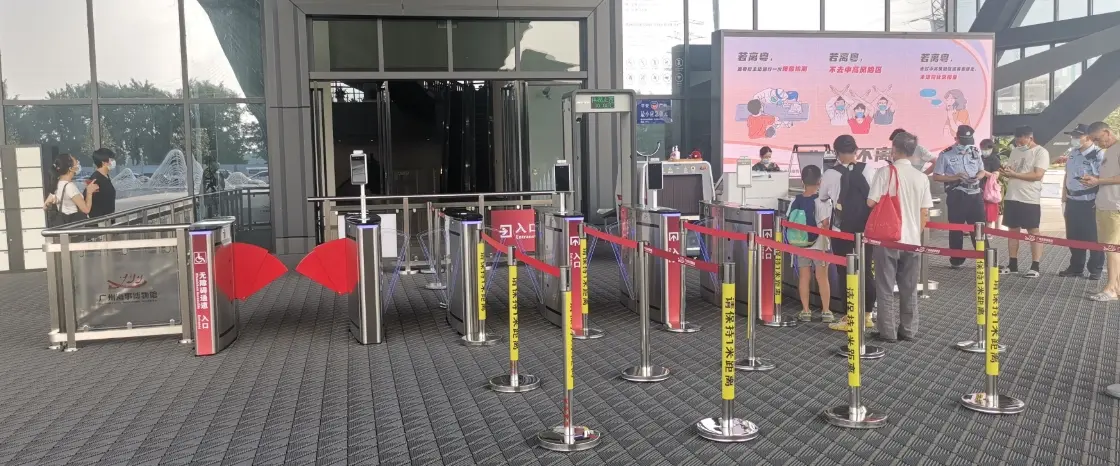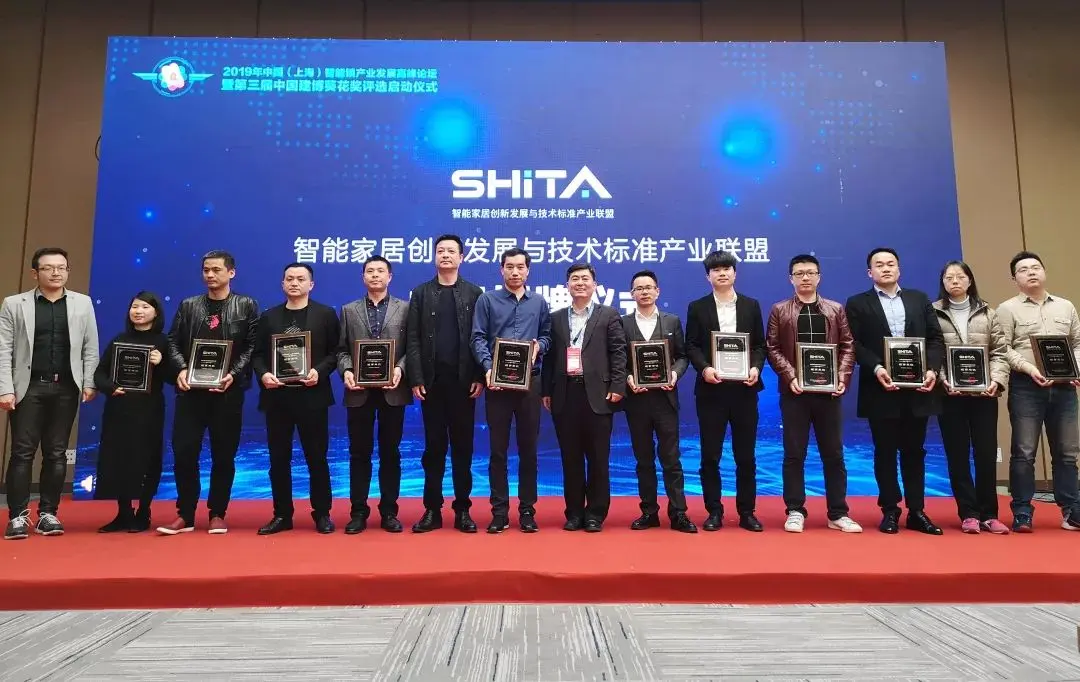The Korean stadium uses the access control system (turnstile) from JJR, China, welcoming more customers for procurement.

Project Background:
The Korean stadium project aims to provide a multifunctional venue for various sports competitions, cultural performances, entertainment events, and large conferences.
1. Multifunctional Use: Korean stadiums are typically designed to serve multiple purposes, including sports competitions (e.g., basketball, volleyball, badminton, boxing), concerts, exhibitions, large conferences, and cultural performances.
2. International Sports Events: Some Korean stadiums may host international sports events such as the Olympic Games, Asian Games, World Championships, etc. These events require high-standard sports facilities and security equipment.
3. Community Activities: Stadiums may also be used for community sports activities, sports training, school competitions, wellness programs, and other events to promote health and community engagement.
4. Large-Scale Cultural Performances: Some stadiums are capable of hosting large concerts, musicals, plays, dance performances, and exhibitions, serving as venues for cultural and entertainment activities.
5. Urban Development: The construction of stadium projects is often part of urban development plans. These modern venues help enhance the city's international image, attract tourists and investments.
6. Facilities and Technology: Korean stadiums are usually equipped with modern facilities, including large screens, sound systems, lighting systems, seating, and VIP suites to ensure a comfortable experience for the audience.
7. Sustainable Development: In recent years, many stadium projects focus on sustainability, using eco-friendly technologies, green energy, and sustainable architectural designs to minimize environmental impact.
8. Safety and Emergency Response: Stadiums also prioritize safety and emergency response plans to ensure that visitors, athletes, and performers can safely evacuate in emergencies.
9. Entertainment and Dining: Stadiums often feature entertainment facilities, shops, and dining services to meet the needs of visitors.
Project Pain Points and Turnstile Solutions:
Objective: To improve the efficiency and security of access management at Korean stadiums while providing a comfortable visitor experience.
1. Electronic Access Control System: Install electronic access control systems at various stadium entrances, where visitors need to use electronic tickets, mobile QR codes, or biometric technology (such as fingerprint or facial recognition) to verify their identity and gain access.
2. Reservation and Mobile Apps: Provide an online reservation system and mobile apps, allowing visitors to book tickets, seats, parking spaces, and even dining or event options in advance, reducing queue times at the entrance.
3. Real-Time Flow Monitoring: Install surveillance cameras and people flow sensors to monitor visitor traffic in real-time, helping managers optimize entry and seating arrangements to avoid congestion.
4. Security Checks and Cultural Artifact Protection: Set up security checkpoints at entrances to ensure visitors are not carrying dangerous items while implementing protection measures for cultural artifacts and facilities inside the stadium.
5. Data Analysis and Feedback: Collect visitor access data and feedback, analyze it to improve stadium operations and services, and adjust event schedules and seating configurations based on the feedback.
6. Emergency Response: Establish an emergency response plan, including evacuation procedures and an emergency notification system, to ensure the safe evacuation of visitors and staff in case of emergencies.
7. Sustainable Development: Use eco-friendly technologies, green energy, and sustainable architectural designs to reduce environmental impact and enhance the sustainability of the stadium.
8. Entertainment and Dining: Offer entertainment facilities, shops, and a variety of dining services to enrich the visitor experience.
9. Accessible Facilities: Ensure the stadium is equipped with accessible facilities for visitors with different needs, such as wheelchair ramps, Braille guides, and auditory assistance systems.
This intelligent turnstile solution will improve access management efficiency, security, and the visitor experience at Korean stadiums, while promoting the smooth execution of sports events, cultural activities, and entertainment events.







